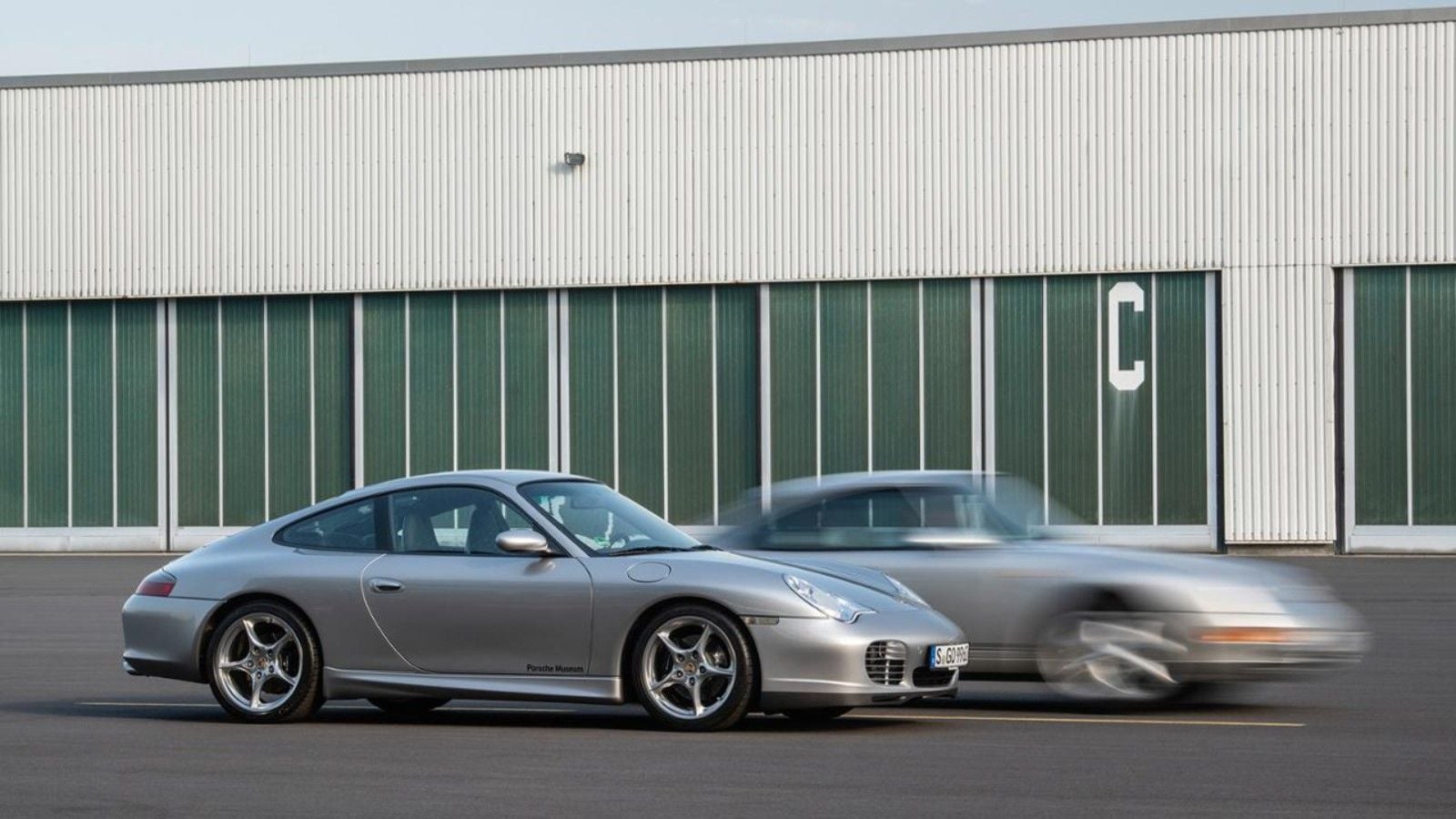Tracing DNA of 992 Porsche 911 Back to Its Roots
Take a trip back in time and see how the iconic Porsche 911 has evolved over eight generations.


















Porsche DNA
The Porsche 911 has now been around for eight generations, with a lineage tracing back to 1963. It's easily one of the most enduring and most recognizable sports cars ever made, one that's evolved many times over the years, yet still retains its original DNA. Recently, Porsche took the time to trace this DNA back from the start, which is a very interesting retrospective on one of the most iconic car models ever conceived.
Photos: Porsche
911 C Series/G Model
In 1963, the 911 made its debut as the 901 at the IAA in Frankfurt prior to going on sale in 1964. It was then that the formula was set - a car that featured an air-cooled boxer engine in the rear and the resulting omission of a classic radiator grille up front. A year later, a Targa model followed. The original model was followed by the A, B, C, D, E and F Series, and the wheelbase was extended in the B Series. The first major redesign wouldn't occur until 1973 when the G Series (or G Model) was introduced.
Photos: Porsche
911 G model/Type 964
The G Model introduced bumpers with black side bellows, a design feature that would stick with the 911 for a substantial 16 years. Those bumpers received a bit of a redesign in 1989 on the 964 Carrera 4, at which time they were integrated into the body as solid elements.
Photos: Porsche
911 Type 964/Type 993
On the surface, the 964 and 993 look fairly similar, with the most obvious difference being the inclined ellipsoid headlights on the 993. But there are many other differences hiding in plain sight. In fact, most of the bodywork, including the front wings, luggage compartment lid, rear side panels, hood, and bumpers were all newly designed.
Photos: Porsche
911 Type 996/Type 993
The 996 911 brought about major changes, most notably the switch from air-cooled engines to water-cooled. The design was pretty much a complete shift as well, only sharing an engine layout with the 993 and little else. This departure from tradition was reflected in the design with several organically styled elements.
Photos: Porsche
911 Type 996/Type 997
The 997 may not look much like the 996, but it's actually largely just a facelifted version of the outgoing model. Or, as Porsche likes to call it, a "super facelift." When you view them together as above, that much becomes pretty clear. The overall silhouettes are essentially the same, though Porsche made an effort to mimic the clean lines of the 964 and G Model in this refreshed design.
Photos: Porsche
911 Type 991/Type 997
The leap from the 997 to the 991 is huge – visually as well as technically. The 991 looks much larger, whereas the 997 feels more compact. This is also true in reality, where the 991 has a longer wheelbase than the outgoing model, with axles pushed further outward.
Photos: Porsche
911 Type 991/Type 992
In designing the 992, Porsche chief designer and senior stylist at Volkswagen Group Michael Mauer worked hard to retain the car's guiding principle. "I have to be able to see that it's a 911. And I have to be able to see that it's the new 911," he explained. While the 991 is a more elegant sports car, the 992 is visually striking, with an even wider base that draws inspiration from the legendary 930 Turbo.
Photos: Porsche
Proper Evolution
When you compare the very first 911 to the latest, it's clear that they're worlds apart. But at the same time, they all share a common DNA, both technically and aesthetically. "To see all eight generations of the 911 in one place is, first of all, a very uplifting feeling," Mauer said. "Because it confirms what I always say: maybe the 911 is the only car that really has such a complete CV. I can think of two or three cars that also have an interesting story. But none have quite such a complete history."
Photos: Porsche
For help with your maintenance and repair projects, please visit our how-to section in the forum.
